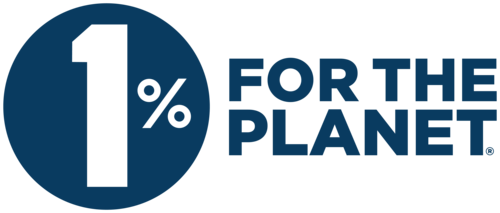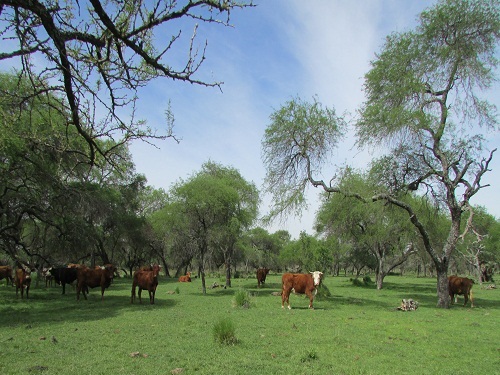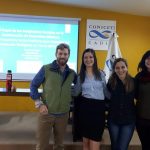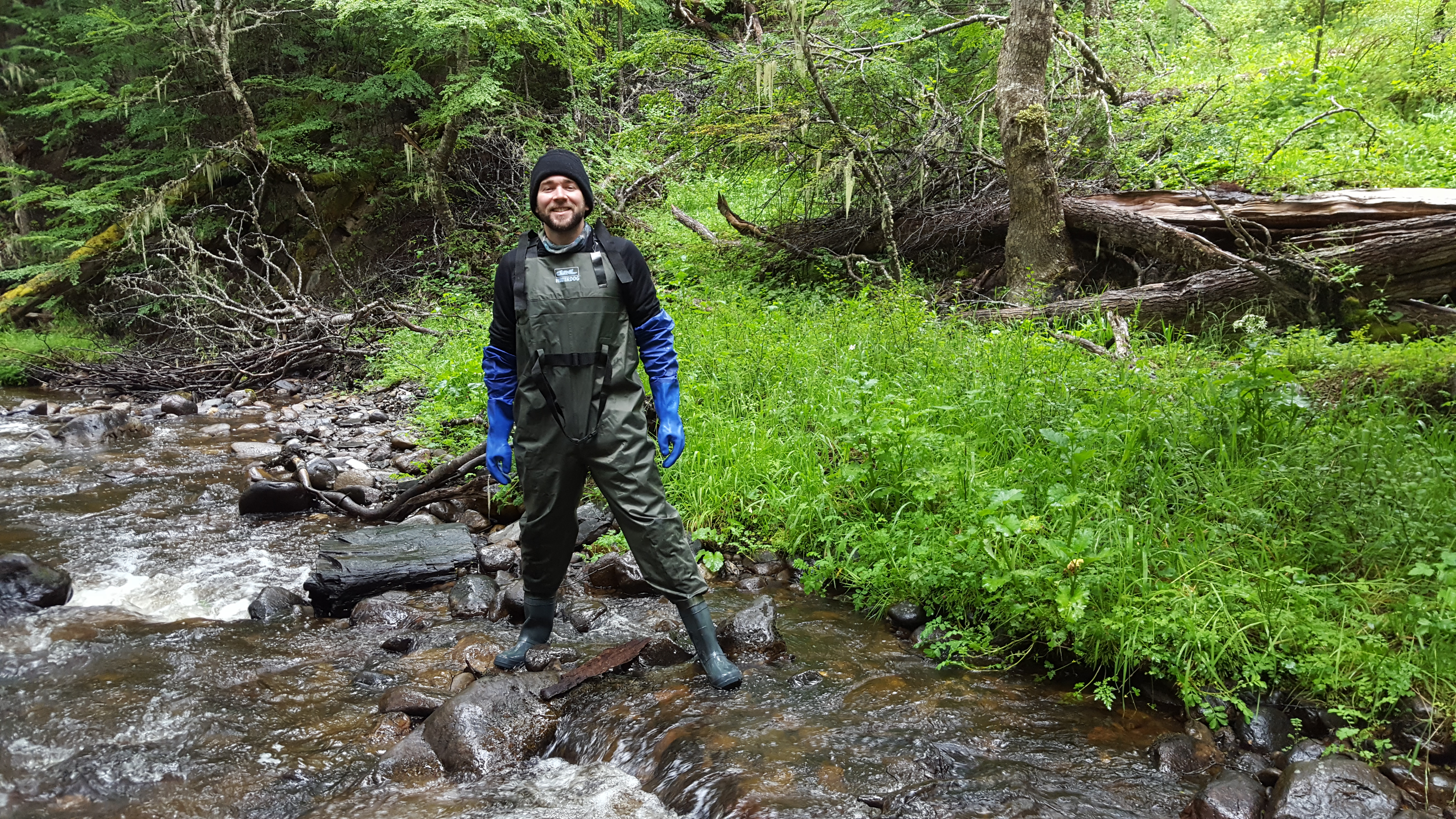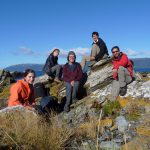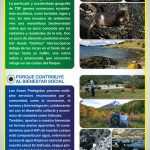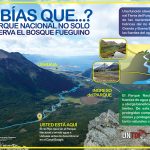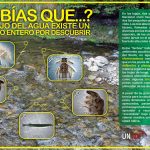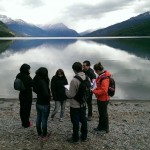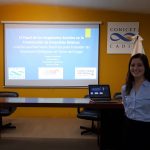
La estudiante de la NAU, Jessica Archibald, mostró el trabajo que realizó durante su estadía de investigación en el CADIC.
Entre febrero y mayo del 2019, Jessica Archibald, estudiante de Ciencias Ambientales en la Universidad del Norte de Arizona (NAU) en Estados Unidos, realizó una pasantía de investigación sobre “El Papel de los Imaginarios Sociales en la Construcción de Ensambles Bióticos: Una Perspectiva Socio-histórica para Entender las Invasiones Biológicas en Tierra del Fuego” .
Si bien las invasiones biológicas suelen ser estudiadas desde una perspectiva ecológica, desde la postura teórica de Jessica y del grupo de investigación, se requiere un entendimiento integral para investigar y manejarlas como un sistema socio-ecológico. Por esta razón, aplicaron un análisis socio-histórico para entender el ensamble de especies introducidas e invasoras en Tierra del Fuego como un proceso de co-construcción entre la naturaleza y la sociedad.
Bajo el marco de imaginarios sociales, exploraron las ideas principales y las instituciones asociadas que condicionaron la forma de concebir un modelo de sociedad, de país y de territorio, en distintos momentos históricos de la Patagonia. Luego, asociaron estas ideas compartidas con comportamientos comunes a determinados grupos sociales, específicamente con relación a la introducción o remoción de especies exóticas.
De esta forma identificaron tres imaginarios sociales dominantes en distintas etapas de la historia, a los que nombraron como Colonización (entre 1850 y 1930), Desarrollo (de 1930 hasta 1980) y Conservación (desde 1980 a la actualidad).
Según el estudio realizado por Archibald, bajo el imaginario de Colonización, predominó una idea de superioridad racial y un fomento a la inmigración europea. “Como consecuencia se observan no sólo el poblamiento de Tierra del Fuego -tanto argentina como chilena- por inmigrantes de Europea, sino también la introducción de nuevos animales, como las vacas, chanchos y cabras, para usos de alimento y trabajo, además liberaciones accidentales, como el caso de los ratones y ratas”, comentó Jessica.
A continuación, se postularon que a partir de un surgimiento de políticas nacionalistas, después de la Crisis Económico Global y la Segunda Guerra Mundial, la Patagonia empezó a participar de procesos de desarrollo económico industrial, incluyendo la introducción de especies peleteras –por ejemplo castor, rata almizclera y visón. “En este periodo podemos identificar una clara tendencia de pensar en Desarrollo como una forma de convertir la Argentina de un país granjero a uno industrializado, incluyendo su naturaleza y especies”, explicó la pasante.
Por último, en la década de los 80 se consolidaron nuevas institucionales desde el nivel local hasta el internacional, como las ONGs ambientales y la ciencia, incluyendo la nueva subdisciplina de ecología denominada “biología de invasiones”. Estos nuevos actores empezaron a posicionar las especies exóticas como un problema de “invasiones” que requieren manejo, llegando a influir también en la agenda pública con la priorización de estas especies para control y erradicación. “Es así que en el imaginario social de Conservación hay menos introducciones nuevas y también una priorización de esfuerzos de remover varias especies problemáticas, siendo la más emblemática el castor”, describió Archibald.
La estudiante aclaró también que “a pesar de que se describieron estos tres imaginarios en forma cronológica, es importante destacar que pueden convivir en el tiempo y el espacio. Por ejemplo, actualmente hay propuestas tanto desde el imaginario de Desarrollo como del de Conservación que favorecen o rechazan, respectivamente, la industria salmonera en el Canal Beagle”.
Finalmente, Christopher Anderson, explicó que “esta propuesta analítica es útil no sólo para el entendimiento de estas especies como un proceso socio-ecológico, sino también para que gestores puedan incorporar mejor los múltiples valores y perspectivas que distintos actores sociales pueden tener sobre la naturaleza y el ensamble de especies que se co-construye entre lo social y lo natural”.
